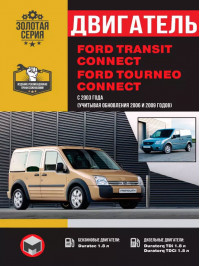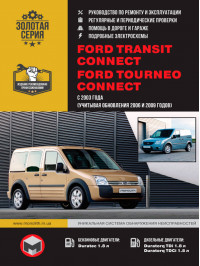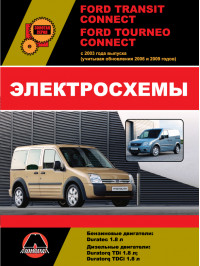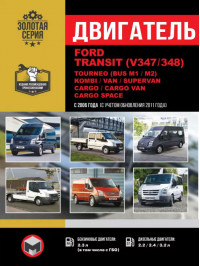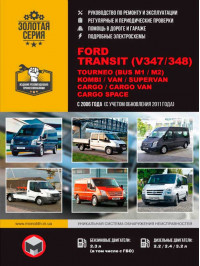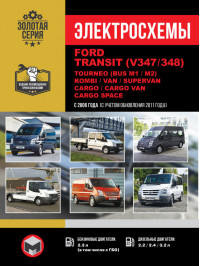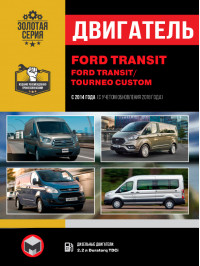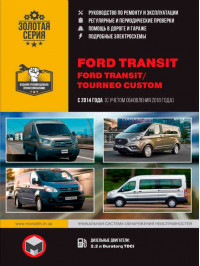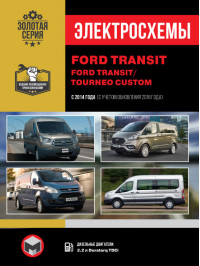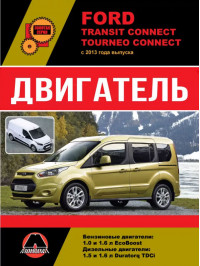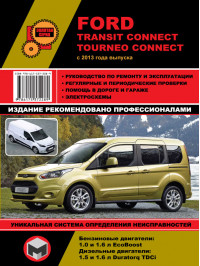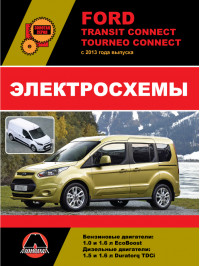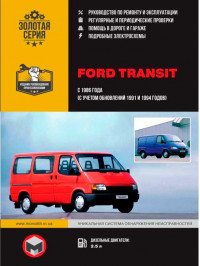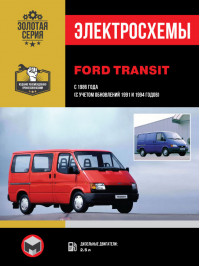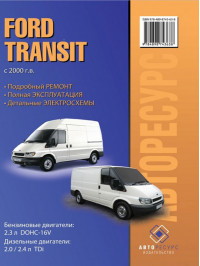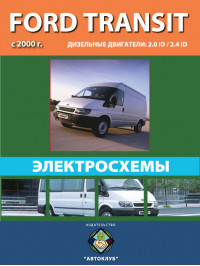Information on repair and maintenance of Ford Transit cars electronically
The world auto industry has a huge number of different models. But among all the variety, there are clear favorites among consumers. One of these most popular cars is the Ford Transit.
Ford Transit - a range of different minibuses, vans and flatbed vehicles that have been produced by the world famous manufacturer Ford Motor Company since 1953. For forty years it has been the best-selling light commercial vehicle in Europe. Until 2009, the world saw 6,000,000 Ford Transit representatives. The model has a long history of changes and it has 8 generations and is still being produced today.
The first vehicle to be awarded the Transit badge was a van that was assembled at a plant in Cologne, Germany in 1953. Initially, it bore the name FK1000, and from 1961 the model became known as the Ford Taunus Transit. They finished producing such cars in 1965. And although the FK1000 cannot be considered a full-fledged representative of the Ford Transit, conditionally it is still considered the first generation.
The world saw a full-fledged Ford Transit in 1965. The model became the successor of the Ford Thames. The wide body became a feature of the model. This provided a large payload, which was definitely an advantage. Various body types were also available, and gasoline engines of 1.7 and 2.0 liters were installed under the hood. & Nbsp;
The 3rd generation of cars began production in March 1978. There have been significant changes in appearance. The manufacturer has redesigned the bow section and will change the interior. Not without changes under the hood. There are new Pinto engines from the Ford Cortina model.
In January 1986, after & nbsp; restyling, the 4th generation Transit appeared, which was distinguished by a single-box body structure. In 1992, the underbody was redesigned. The manufacturer has increased the distance between the axes of the spacers, and now it was 1235 mm. Models of this generation began to differ from their predecessors with rounded headlights.
Strong changes took place in 1994-1995. The models have a new front end and dashboard, as well as an 8-valve engine. The following functions are available as an optional extra: central locking; airbags; air conditioning; windows.
The next generation was launched in 2000 and featured a redesigned design. However, the main innovation is that the Transit is now available with both front and rear wheel drive. Under the hood were diesel and gasoline engines.
Since August 2006, Transit has again received changes in the body. As part of this generation, all diesel engines in front-wheel drive vehicles have changed from 2.0 to 2.2 liters, and old gasoline engines have been replaced with engines from the Ford Ranger.
In 2013, the new, 8th generation of the Ford Transit car was officially presented.
More complete information about the models and all their technical characteristics can be found in the manuals for the repair and operation of Ford Transit vehicles in electronic form. With their help, you can easily answer the following questions:
- how to change oils;
- how to identify the malfunction and carry out repairs yourself;
- how to perform maintenance;
- how to replace brake pads, etc.
The repair and maintenance book in PDF format will become a faithful friend and helper not only for professionals, but also for motorists. By uploading it to your smartphone, you can always answer a question related to your car.



